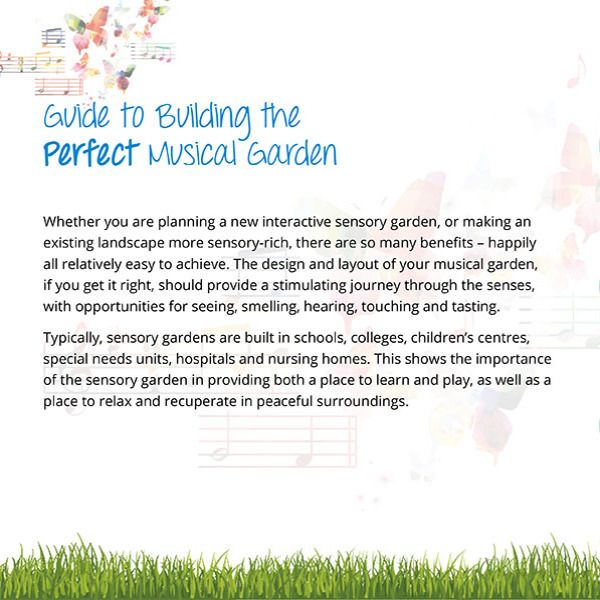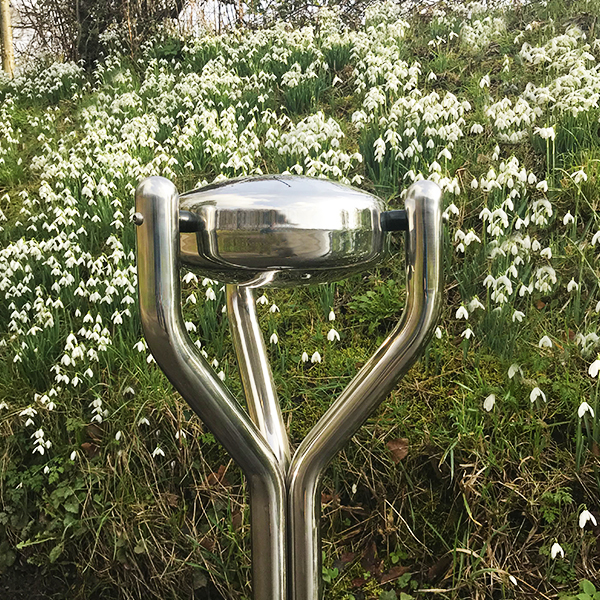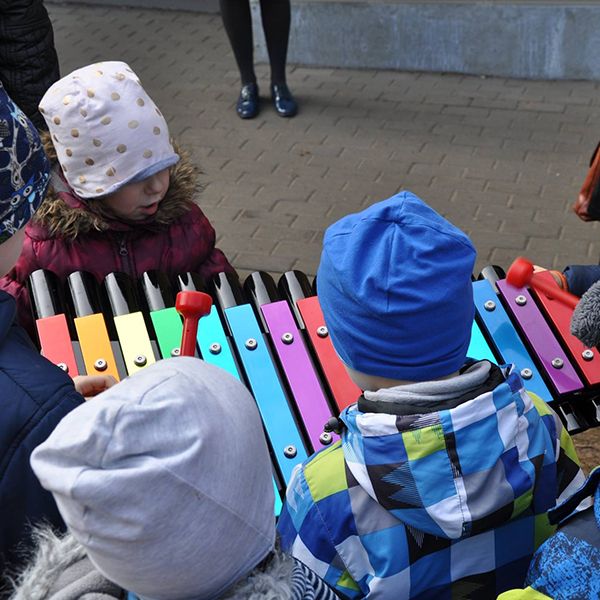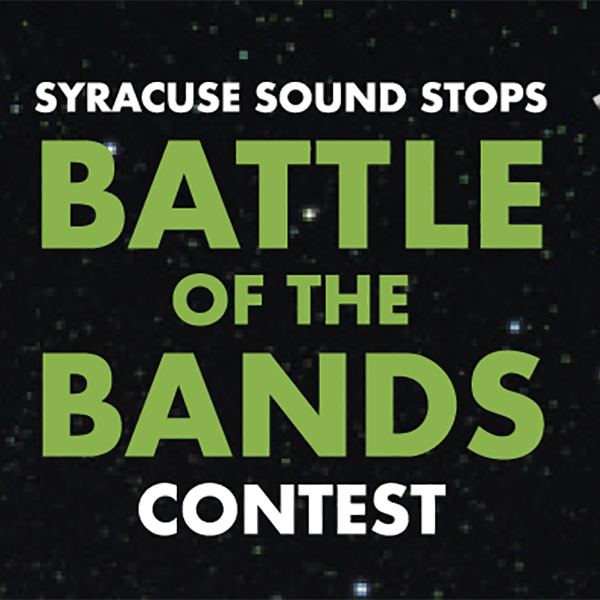Welcome to the Percussion Play Blog
We hope you'll be a regular visitor as we share stories about the instruments we make and the people who play them.
This is where we share our passion for music in the great outdoors! We'll share with you details of exciting new outdoor music projects and designs from around the globe. We'll share with you information about the instruments we sell and a little about the inspiration behind them
Most importantly, this blog is about what we love to do the most - help you create new and exciting ways to bring music to the great outdoors.
Thank you for reading, visiting, commenting and contributing - we’re excited to have you here!
Why Build a Musical Sensory Garden?
We recently released our Guide to Building the Perfect Musical Garden with tips on planning, planting and percussion. We want everyone to enjoy music and sound in the great outdoors. It’s free to download right now!
Everyone Can Enjoy Them There’s a preconception with the word sensory – it feels loaded. It’s as if it means “only for disabled people” or “only for children”.
Yes, sensory gardens offer a wider spectrum of stimuli than the binary audiovisual content most modern humans are used to consuming, but it doesn’t mean that they’re exclusive.
Quite the opposite, in fact. Sensory gardens are among the most inclusive places in the world, where anybody – young or old, regardless of ability – can be in tune with nature and interact with each other.
The vibrations of outdoor musical instruments can be felt as well as heard, adding new dimensions for deaf people and those...
Help wake up your spring senses with our '5 Ways to Celebrate Spring with Music and Movement'
1 Go for a listening walk
There are all kinds of sounds to be discovered outside, especially in the Springtime. Listen for and talk about the spring sounds that are all around - then use your outdoor musical instruments to create melodic representations of these sounds. This will help children recognize the various sounds and pitches of nature.
2 Take advantage of springtime showers
Those brief, light spring showers do more than bring spring flowers, they also leave perfectly sized puddles that are great for jumping, stomping, splashing, and giggling! Use your instruments to help develop improvisation and imaginative movement. You could create a rainstorm, recognizing the steady beat of rain, and tapping rhythms while introducing dynamics. Talk about how before the rain there is silence, then it starts off softly and grows louder gradually (crescendo) then as it dies down gets softer gradually (decrescendo).
3 'Spring Clean' your Music...
Egg-citing Beats: A Musical Easter Egg Hunt That Teaches Dynamics
Introducing dynamics to young children is an invitation to make some noise and is the perfect subject to take outside and make good use of your outdoor musical instruments.
This music activity is great fun to play at Easter time. It introduces the children to dynamics while they enjoy a chocolate egg hunt. However, you don’t need to use Easter Eggs; other prizes suitable to whatever time of year it is can, of course, be used.
Dynamics refer to how loud or soft a musical passage should be played. Instead of just explaining what dynamics are and teaching the different symbols and abbreviations, going outside with a hands-on activity that demonstrates how dynamics can be used and achieved in music, can only help enhance their knowledge and appreciation (the choccy helps of course!)
Explain how Dynamic levels are a natural indicator for emotional mood. Loud dynamics are associated with turmoil, conflict. Marches, fanfares and triumphal music all tend to be loud. Soft dynamics are...
Guide to Building the Perfect Musical Garden
Whether you are planning a new interactive sensory garden, or making an existing landscape more sensory-rich, there are so many benefits – happily all relatively easy to achieve. The design and layout of your musical garden, if you get it right, should provide a stimulating journey through the senses, with opportunities for seeing, smelling, hearing, touching and tasting.
Typically, sensory gardens are built in schools, colleges, children's centres, special needs units, hospitals and nursing homes. This shows the importance of the sensory garden in providing both a place to learn and play, as well as a place to relax and recuperate in peaceful surroundings.
Click Here to download our Musical Garden Guide.
Planting Firstly, consider the planting. All plants used should be child-friendly – no poisonous, sharp or prickly ones!
Ensure you’ll have year-round interest by planting lots of shrubs and perennials...
Wrap Up Warm and Get Outside: Why the music shouldn’t stop for winter
On these cold, dark wintery days, weather is the thing most likely to keep kids from playing outside. It is very easy to turn up the thermostat, lose track of our ‘screen time’ and minimise our exposure to the elements.
However, being out in the cold fresh air for most children is a wonderful and uplifting experience and they are often less fazed about challenging weather conditions than adults are.
Winter is a wonderful time to be outside and as the daylight hours are shorter it is especially important that children experience creative outdoor play during their school day. Percussion Play’s musical instruments are designed to withstand the elements and live outside all year to help create an outdoor environment that supports young children's health, well being, development and learning. Installing musical instruments in your outdoor setting will incentivise kids to venture out into the cold weather and try something new.
Children will love the fact that music can be used...
Percussion Play Instruments Feature in US Town 'Battle of the Bands'!
Percussion Play have been working with Symphoria - the musician-owned and operated successor to the Syracuse Symphony Orchestra - to create permanent outdoor musical instrument 'stations' in three locations across downtown Syracuse. Two of the sound stops (#SyrSoundStops) have been installed already in Columbus Circle and Lemp Park. The third location will be the Everson Plaza at the Everson Museum.
Started as a partnership between Symphoria and the Connective Corridor, the project has expanded to include the Everson Museum of Art, the SU Setnor School of Music, the City of Syracuse and Onondaga County. Working together, their aim is to distinguish downtown Syracuse as a uniquely creative and collaborative environment, and a fun place to live, work and visit.
Prior to being installed in their final 'homes', Symphoria have been showcasing the instruments around town over the past couple of weeks, demonstrating how our tuned instruments are designed for year-round music-making, are...



